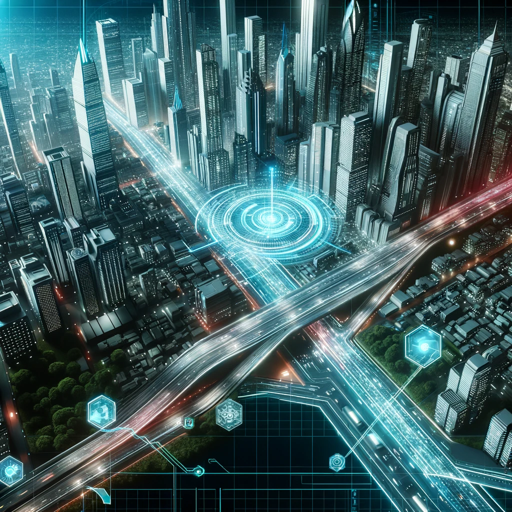3D Mapping AI 🌐📡🏞️
What is 3D Mapping AI 🌐📡🏞️?
3D Mapping AI specializes in the creation of detailed 3D maps for accident scenes and environments. It serves as a valuable resource for accident reconstruction teams, law enforcement agencies, and urban planners.

- Added on November 21 2023
- https://chat.openai.com/g/g-ixmwIQql5-3d-mapping-ai
How to use 3D Mapping AI 🌐📡🏞️?
-
Step 1 : Click the open gpts about 3D Mapping AI 🌐📡🏞️ button above, or the link below.
-
Step 2 : Follow some prompt about 3D Mapping AI 🌐📡🏞️ words that pop up, and then operate.
-
Step 3 : You can feed some about 3D Mapping AI 🌐📡🏞️ data to better serve your project.
-
Step 4 : Finally retrieve similar questions and answers based on the provided content.
FAQ from 3D Mapping AI 🌐📡🏞️?
3D Mapping AI is a type of artificial intelligence (AI) technology that's used to build 3D maps from raw data. This technology enables computers to accurately interpret and process data from physical objects, such as buildings and natural features. 3D mapping technology can be used to create virtual representations of the real world and to provide data for various applications, such as video game design and urban planning.
The process of 3D mapping is fairly complex and involves several steps. First, raw data is collected from various sensors and cameras. This data is then processed by algorithms that interpret the data and generate a 3D representation. This 3D representation is then used to generate the 3D map, which can be displayed on computers and other devices. Finally, the data can be used by various applications for different purposes, such as creating precise virtual environments.
The benefits of using 3D Mapping AI technology are numerous. This technology allows for faster and more precise creation of 3D maps. It can be used to create detailed virtual environments that would otherwise take too much time and resources to create manually. Additionally, 3D mapping technologies can be used to provide data for other AI-connected applications such as navigation, virtual reality, and facial recognition.
